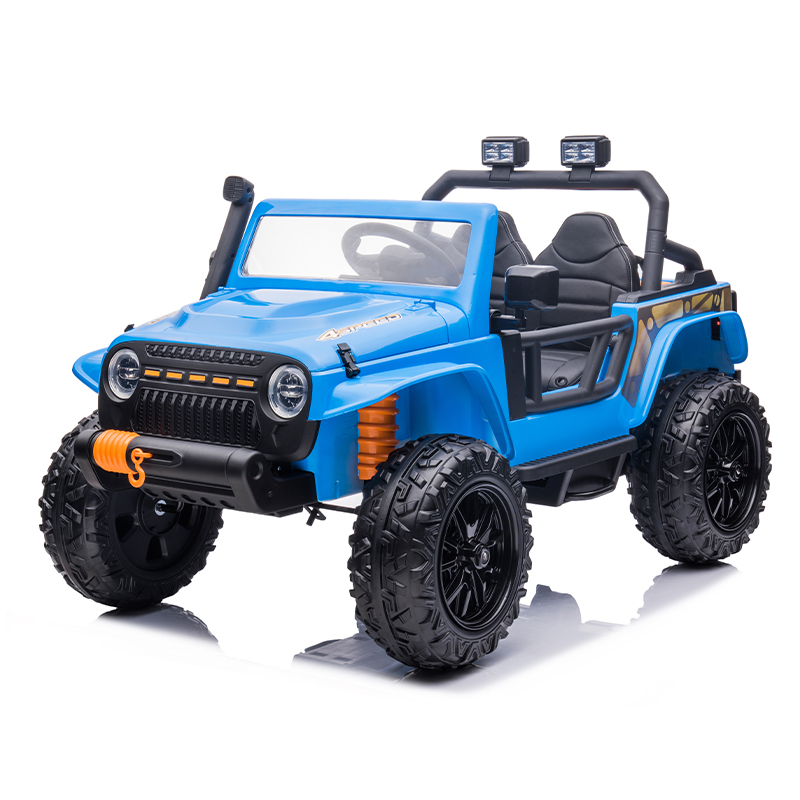Ride-on cars are not only playful tools; they can also serve as an early introduction to STEM (Science, Technology, Engineering, and Mathematics) concepts. These miniature vehicles offer children an engaging platform to explore fundamental principles of physics, mechanics, and problem-solving. Let’s delve into how ride-on cars contribute to early STEM learning.
1. Motion and Forces: Operating a ride-on car involves understanding motion and forces. Children learn how pushing pedals generates forward movement, and steering affects the car’s direction. These concepts lay the foundation for understanding physics.
2. Cause and Effect: Ride-on cars teach cause-and-effect relationships. Pressing the accelerator causes the car to move, and turning the steering wheel leads to changes in direction. This hands-on experience fosters early problem-solving skills.
3. Engineering Exploration: Ride-on cars often have movable parts that children can manipulate. This offers an opportunity to explore engineering concepts like mechanisms, gears, and simple machines.
4. Spatial Awareness: Maneuvering a ride-on car requires spatial awareness and an understanding of distances and directions. These skills are vital for STEM fields, where understanding spatial relationships is often key.
5. Observation and Analysis: Riding a car outdoors provides opportunities to observe natural phenomena like changes in terrain, slopes, and obstacles. Children can analyze these elements and make decisions about how to navigate them.
6. Measurement and Comparison: Children can engage in simple measurement and comparison activities with ride-on cars. They can compare distances traveled, speeds, and the effects of different driving actions.
7. Problem-Solving Scenarios: Riding a car presents challenges that require problem-solving. Children must navigate obstacles, plan routes, and make decisions on the go, promoting critical thinking skills.
8. Hands-On Learning: Ride-on cars offer a tangible, hands-on learning experience. These vehicles encourage active exploration and experimentation, which are essential components of STEM learning.
9. Early Exposure: Introducing STEM concepts at an early age sets the stage for future interest and proficiency in these fields. Ride-on cars provide a playful entry point into STEM learning that can lay a solid foundation for later studies.
By incorporating ride-on cars into playtime, parents and educators can foster a love for STEM learning from an early age. These vehicles offer an exciting and accessible way to engage with fundamental scientific and engineering principles, promoting curiosity and an enthusiasm for exploration.


















